Designer details. Degtyarev created an ideal weapon that has outlived its age | History | Society
If in the summer of 1941 the Wehrmacht generals had been told that a self-taught Russian designer had begun work on a weapon that would “extinguish” their tanks near Moscow within two months, they would have considered it a fairy tale.
75 years ago, in January 1949, life ended Vasily Degtyarevawho created the first Russian machine gun and the first Russian anti-tank rifle (PTRD).
At the age of 6 he was blowing his bellows
Degtyarev graduated from only three classes of the parochial school, but in the end, based on the totality of his inventions, he became a Doctor of Technical Sciences. Wife Faithwho bore him 9 children, when he told her the news that he had been awarded the title of doctor, jokingly asked: “What will you treat?”
Degtyarev went from private to general. He became the second Hero of Socialist Labor in the history of the country (the first was I. V. Stalin). He loved flowers and even bred his own variety of lilac – “Terry”, which blooms every spring on the street in Kovrov, named after him. Along this street you can walk to the plant where he worked for a quarter of a century and which, the day after Degtyarev’s death, began to bear his name.
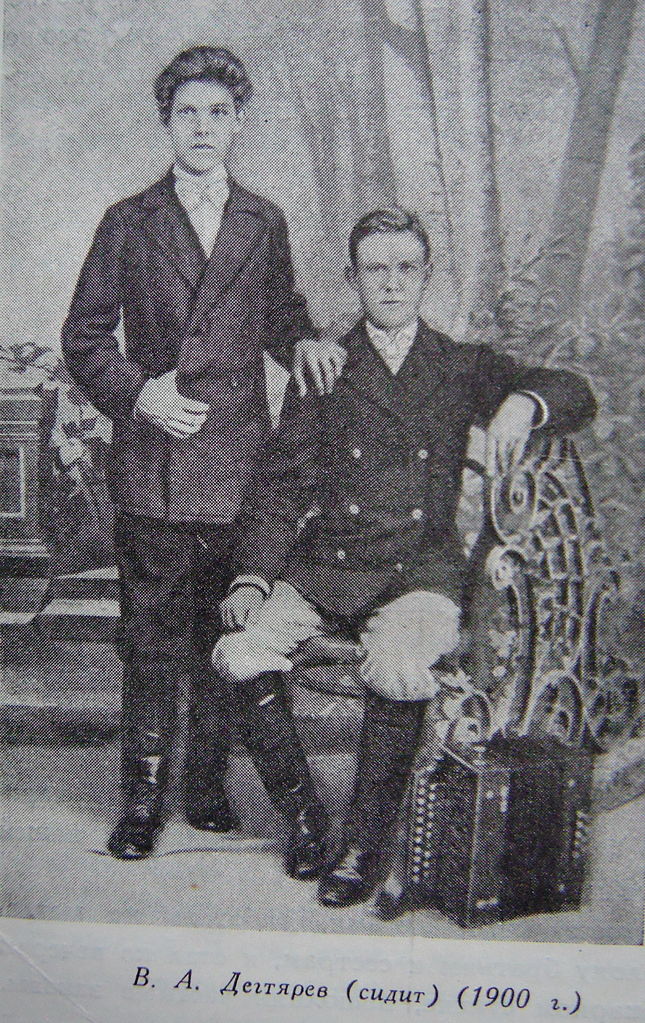
What was behind all these regalia and achievements? Labor, often hard labor.
Born in 1880 in Tula into a family of hereditary gunsmiths. He received a “vaccination” against idleness in early childhood: already at the age of 6, my grandfather Miron, whose forge was located in the courtyard of their house, entrusted Vasya with blowing the bellows. At 7, he built a fountain from scraps of iron and old water pipes (he picked up the idea from a rich merchant). At 11, he entered the workshop at the arms factory where his father worked (he had to help feed the family). By the age of 17 he was a skilled gunsmith.
Degtyarev’s talent for finding the “key” to everything that shoots was revealed in the army, where he was drafted in 1901. One day he repaired a machine gun in an hour, which he had seen for the first time in his life. Then the intelligent self-taught man was ordered to be immediately transferred to a weapons workshop. The latest European and American small arms passed through the hands of Vasily, who dreamed of becoming a designer: Danish machine guns Madsena and the Austrian SchwarzloseAmerican automatic rifle Browning, who personally came to test his brainchild in Russia, hoping to conclude a lucrative contract. The Browning rifle jammed at the time of shooting. Degtyarev repaired it. The American asked the Russian Lefty for advice on what should be changed in the design. I wrote down his answer and handed him a wad of dollars. Degtyarev refused to take them.
Moved “maxim”
He managed to bring his plan to life – to create the first Russian machine gun, which would leave its Western counterparts behind – 25 years later. “The Degtyarev machine gun was put into service in 1927. The Maxim machine gun, which was used before, was based on an American analogue and consisted of more than 230 parts. Degtyarev assembled his from 48 parts. This significantly increased its reliability and simplified production,” explains Head of the department “Kovrov – the city of weapons glory” of the Kovrov Historical and Memorial Museum Mikhail Kotomin.
He made every detail of the first sample himself: drilled, sharpened, fitted, polished. His wife brought him food to the workshop – Vasily was sorry to waste time going to the canteen.
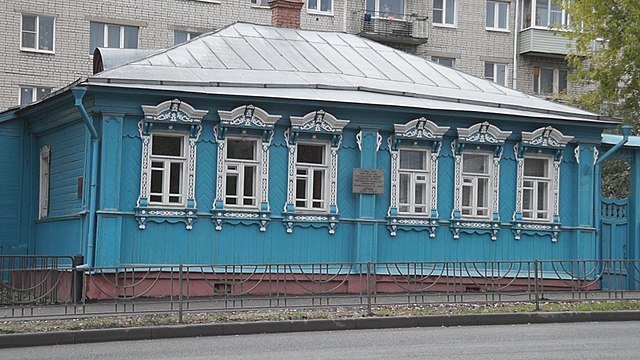
But that will all happen later. In the meantime, in 1905, after completing his military service, Vasily decided to remain a civilian mechanic in a weapons workshop. And soon there was a fateful meeting with the captain Vladimir Fedorov, from whose textbooks designers still learn. Fedorov, who was developing new weapons, and the self-taught Degtyarev became a unique tandem. At the captain’s suggestion, he went to work at the Sestroretsk arms factory. Once at the factory, he sent a message to his bride by mail: “I’m staying in St. Petersburg. Marry me”. She replied: “I’m going.” Meet me. Your Faith.”
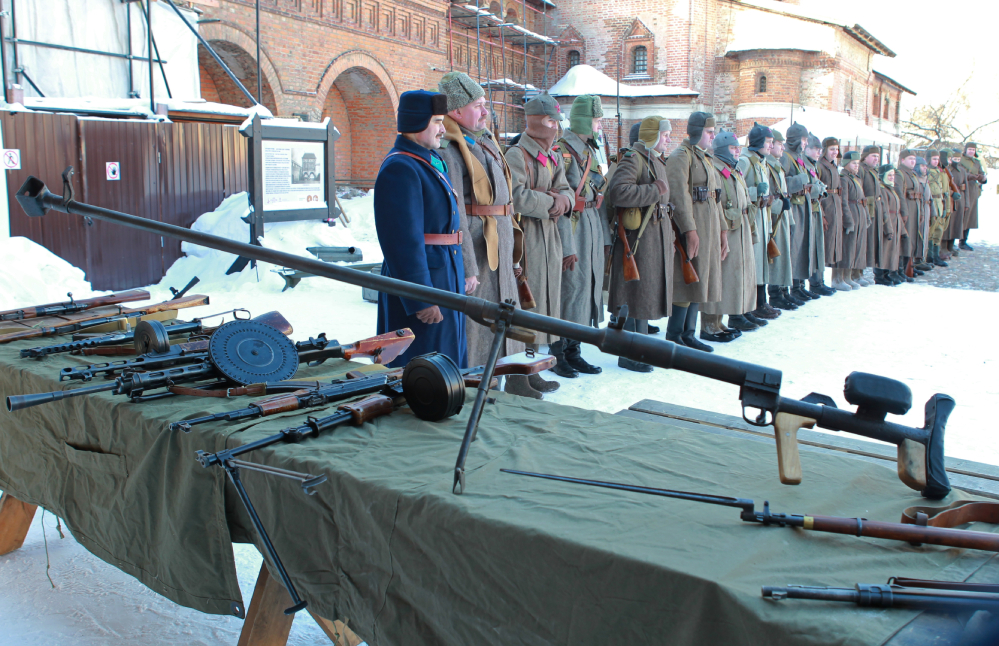
Gun in 22 days
When in 1918 the Soviet government sent Fedorov to Kovrov to revive an arms factory there built by the Danes, he invited Degtyarev with him. This city became the small homeland of both the first Russian machine gun and the first anti-tank rifle, which, on Stalin’s instructions, urgently began to be developed in July 1941, when Guderian’s tanks were rushing to Smolensk. “In the late 1930s, the Soviet leadership made a miscalculation by stopping the development of an anti-tank rifle,” says Kotomin. — In the conditions of 1941, this weapon was as necessary as air. Vasily Alekseevich created it in a record 22 days. The design was born in his head, and he made every detail himself without drawings. And drawings were drawn from its details, although usually everything happens the other way around. Serial production of the first PTRD began in September 1941.” In November, Panfilov’s heroes destroyed dozens of German tanks using Degtyarev’s anti-tank rifle. More than 200 employees of the plant that produced it were later awarded the military medal “For the Defense of Moscow.”
The war ended, but the limit of measured health began to expire. Degtyarev fell ill and could no longer leave the house. Fedorov helped him buy this house in 1924, giving half of his State Prize to his friend with many children. Before this, a large family was crammed into a dorm room.
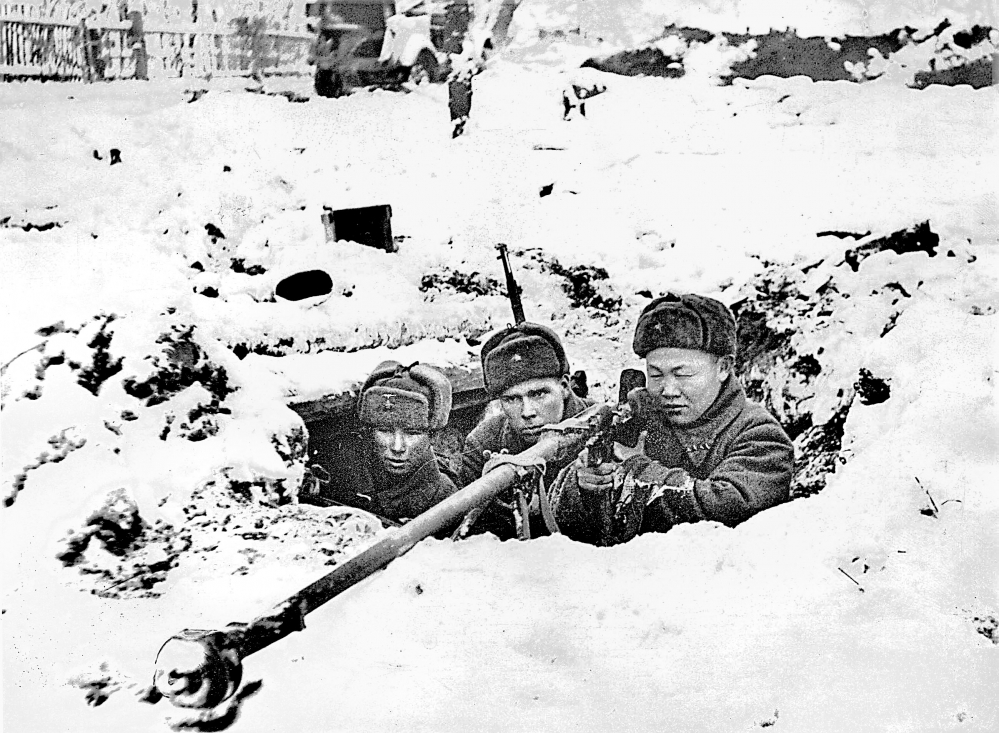
Degtyarev was taken from Kovrov to a hospital in Moscow. Even bedridden, he dictated his design thoughts…
He was born in the century before last, worked in the past, but it turned out that his PTRD has not lost its relevance in the 21st century. “In the DPR and LPR, during the events of 2014, Degtyarev’s gun ended up in the hands of militias, and it did not fail (these guns were stored in warehouses that remained in the Donbass from Soviet times. – Ed.),” Kotomin clarifies.
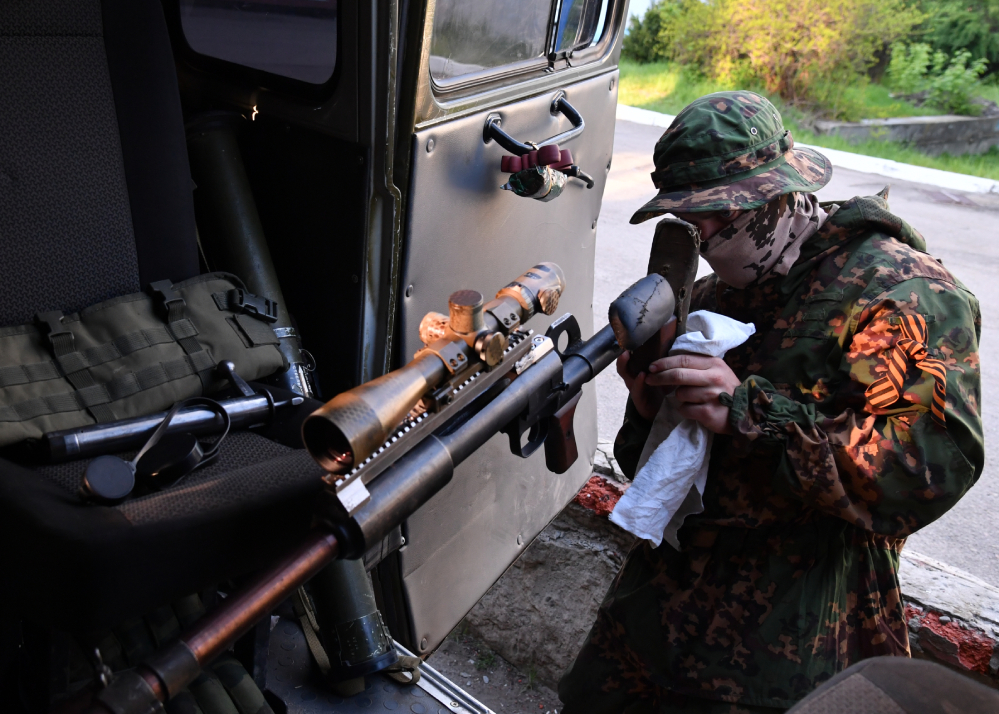
Another fact: 19 types of weapons developed by Degtyarev were adopted into service in the Russian army. More – onlyKalashnikov.
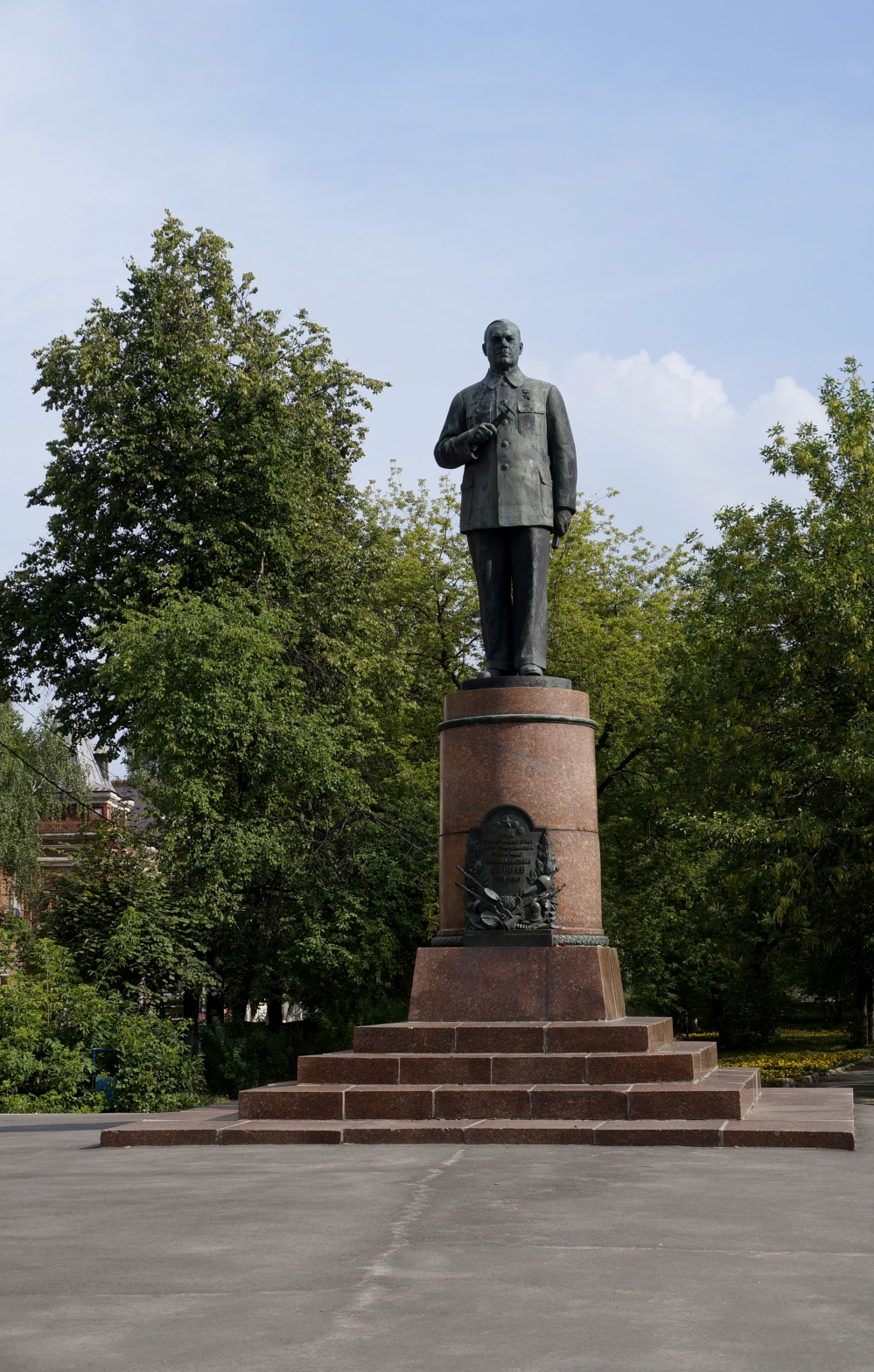



![[세계와우리] ASEAN’s future is bright | Segye Ilbo [세계와우리] ASEAN’s future is bright | Segye Ilbo](https://worldsnewsnow.com/wp-content/uploads/2023/01/Worlds-News-Now-South-Korea.jpeg)


